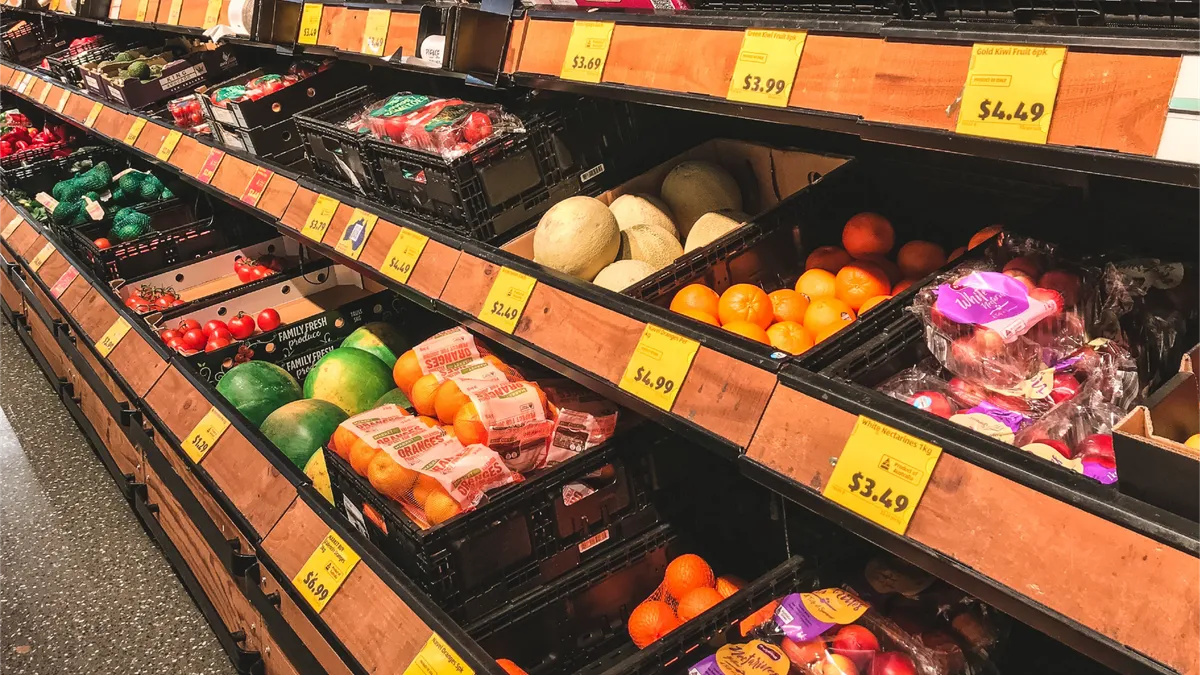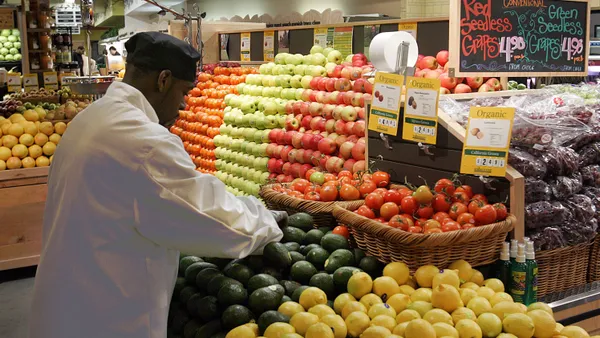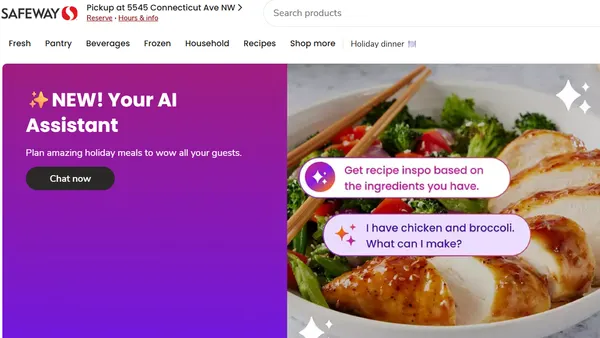As a grocer, most of your costs are related to your goods sold, location, maintenance and labor.
Factoring in all these costs, opening or acquiring a new store can amount to anywhere from $5 million in small markets to more than $100 million in high-traffic areas. Once up and running, grocers often spend more than 40% of their gross profits paying off these assets through mortgages, interest, rent and other long-term capital expenditures.
Despite the considerable dollars grocers allocate to these parts of their business, only some grocers measure how effectively these assets are utilized daily. Every minute a staffed checkout lane is empty, you’re not using your resources to their full capacity. The same goes for overall store investments if a checkout lane is left unstaffed.
We call this capacity utilization and focusing on improvement can fundamentally change your business’s profitability.
Understanding and measuring capacity utilization
“Capacity utilization” is the measurement of how many transactions occur during a specific time frame, compared to the transactions that could have occurred during the same time frame if resources were fully utilized.
This measurement is tricky for grocers to nail down because of the many moving parts: available inventory, available registers, parking lot size and, most importantly, labor. As business performance improves, your most considerable operating cost will be staffing your grocery store just to keep up with that customer growth. It’s a significant expense to consider, but by maximizing capacity utilization, you will be able to cover those rising costs.
At Upside, we calculate both average utilization as well as utilization at the busiest times. Of course, there are days in the year when you serve an unusually high number of customers — like the week of Super Bowl Sunday and Thanksgiving — so we consider those peak days (top-performing 10%) and remove them from our analysis as outliers.
-
Calculating Average Utilization: Looking across a 12-month period, we identify the single hour with the highest number of transactions to give us an idea of the store's maximum capacity and use that as the max capacity benchmark. We compare it to every other hour the store is open, record the number of transactions and divide the total number by the max capacity benchmark to find the average utilization.
-
Calculating Utilization at Your Busiest Times: For this higher average, we take the three busiest hours on any given day and calculate a respective average to compare to the max capacity benchmark to see whether utilization reaches its full potential during spikes in traffic.
The business impact of using your spare capacity
Upside’s analysis of small, medium and large grocery store chains nationwide found that the average store only utilizes 24% of its capacity. When stores see the most foot traffic during peak hours, utilization jumps to 46%. This means anywhere from 54% to 76% of total store capacity goes unused.
That wide gap represents what stores are actively earning versus what they could be earning. It’s a story of unused potential — and when grocers begin to put that spare capacity to use, they grow same-store sales without increasing operating costs.
Let’s look at an abbreviated monthly profit and loss statement from grocery transactions at an average grocery location and what happens when they put a portion of their spare capacity to work. When retailers increase sales without affecting operating costs, they see a measurable and outsized increase in their monthly earnings before interest, taxes, depreciation and amortization (EBITDA).
|
|
Grocery Store X |
Change |
Grocery Store X after increasing their capacity utilization |
|
Monthly revenue |
$2.03 million |
+ 3% |
$2.1 million |
|
less COGS |
$1.42 million (i.e., expenses to stock and maintain inventory) |
+ 3% |
$1.5 million |
|
Gross profit |
$608,397 |
+ 3% |
$626,649 |
|
less operating costs |
$485,743 |
No change |
$485,743 |
|
Less promotions and fees cost |
– |
No change |
$9,147 |
|
Final Monthly EBITDA |
$122,654 |
+7.1% |
$131,758 |
We see these kind of numbers every day at Upside. We help 50,000 retailers nationwide put their spare capacity to use by capturing the nearby customers they don’t currently serve and getting each customer to put more in their basket.
As costs continue to rise and economic uncertainty changes consumer behavior, tracking and filling unused capacity in-store is the key to boosting profitable same-store sales.
For more about our capacity utilization formulas or how Upside can work for your business, visit www.upside.com/business/grocery.










